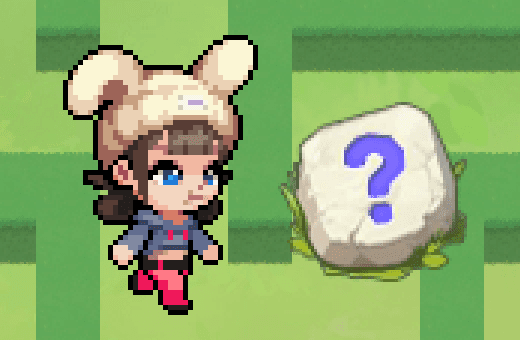
Labirin
Bebas
What is Narrative?
121
Larangan jawaban yang salah
Sembunyikan jawaban
public kuis
Pertanyaan 2
OX
Narrative texts are dominated by the present tense.
Pertanyaan 3
OX
A narrative can be expressed from a first-person or third-person viewpoint.
Pertanyaan 4
OX
The Evaluation stage in a narrative is mandatory.
Pertanyaan 5
OX
Conjunctions in narratives often indicate location or time.
Pertanyaan 6
OX
The main idea of a narrative paragraph is always found in the first sentence.
Pertanyaan 7
OX
Morals in narratives are always explicitly stated.
Pertanyaan 8
OX
The Resolution stage of a narrative explains the efforts to solve a problem.
Pertanyaan 9
OX
Narratives are a way to preserve cultural values and heritage.
Pertanyaan 10
OX
Orientation This section contains the problems that occur within a story.
Pertanyaan 11
OX
Orientation sets the stage for the story. Ideally, the orientation should answer the questions “who,” “where, and “when.”
Pertanyaan 12
OX
Complication is the part of the narrative where the conflict or problem introduced earlier in the story is resolved or addressed.
Pertanyaan 13
OX
Complication This section contains the problems that occur within a story.
Pertanyaan 14
OX
Resolution to identify the character and setting (both time and place) of the story.
Pertanyaan 15
OX
The resolution is the part of the narrative where the conflict or problem introduced earlier in the story is resolved or addressed.
Pertanyaan 16
OX
Fictional narrative is a narrative text that tells the life story of the author, written from a first-person perspective.
Pertanyaan 17
OX
Fictional narrative is a story that is not based on real events or real people. It can be a novel, short story, fable, or fairy tale.
Pertanyaan 18
OX
A biography is a narrative text that tells the life story of someone other than the author, written from a third-person perspective.
Pertanyaan 19
OX
A legend is a narrative text that focuses on a particular period or event in the author’s life, often written from a first-person perspective.
Pertanyaan 20
OX
A legend is kind of a folklore. It’s a traditional story that has been passed on for generations – it often explains the origins of a particular culture or society.
Bagikan ke Google Classroom